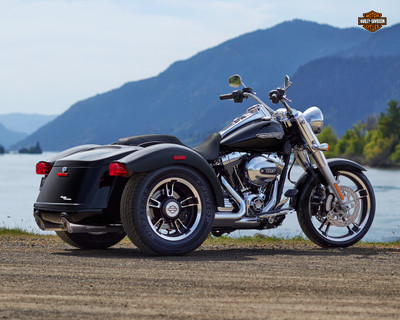Trikes, otherwise known as three-wheeled motorcycles, have been around a long time. They were a pioneer in automotive production and sales, and even helped lay the foundational blueprint for the first ever motorcycle motor. So why are they disrespected so much? Drive a trike anywhere and you will be hit with numerous people shaking their heads and laughing at you behind your back. Go to any message discussion board about it, and you’ll see homophobic references and even physical disability jokes at the expense of your manlihood all because you added a third wheel to your bike.
Harley Davidson has been making trikes for almost 80 years. There is a reason for that. People like them. Sure, Harley didn’t make them available to the public until 2009, but that didn’t stop them from massive sales numbers and completely changing the market on how they were made.
Before we dive in to Harley, let’s see where they got their inspiration from. The first tricycle dates all the way back to 1665. When a parapalegic watchmaker named Stephan Farfler created a self maneuvering wheelchair that used a three wheel design. This would create inspiration for building tricycles in years to come.
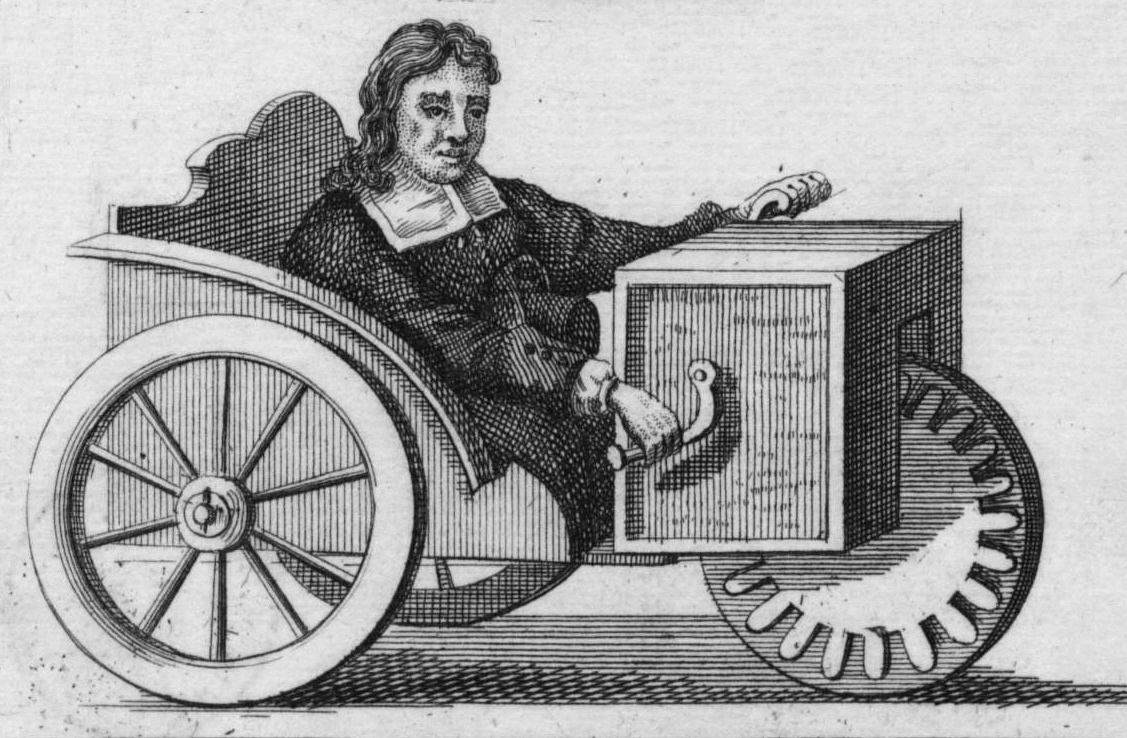
Many versions of the trike would be built for the next two-hundred years. Mostly all prototypes, they look like the old time pictures you would find on the history channel. Meaning one huge tire in the front, or weirdly shaped designs that felt like you were rich and sophisticated. Nothing stuck however, until 1897 when the De Dion Bouton Tricycle hit the market.
The trike became a huge hit, selling 15,000 units and became the most popular vehicle in Europe at the time. With a 1.5 HP engine, it was truly revolutionary for its time. The design is also familiar, sporting a design you have probably seen before. This trike also was the inspiration for the first motorcycles motors that we still use today.
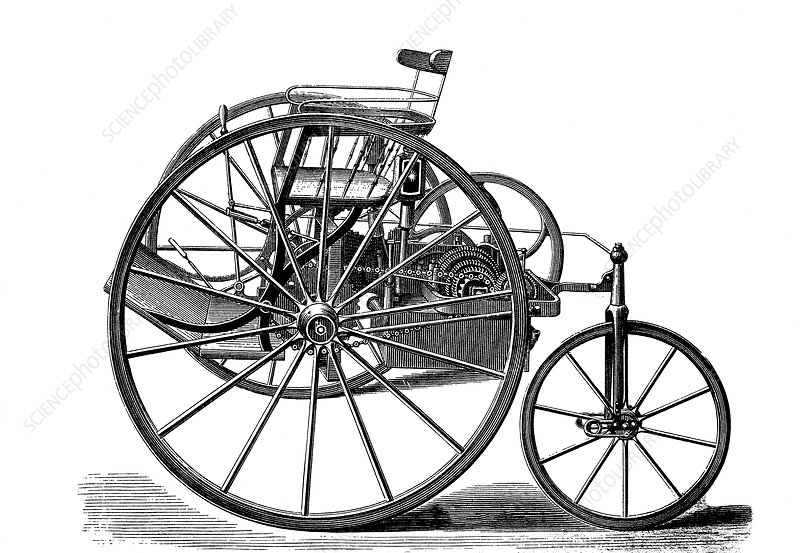
So Harley Davidson comes onto the scene in 1903, and it only took eleven years before their first version of a trike was released. In 1911, Harley created a motorbike with a sidecar attached, which as you can imagine, had three wheels. The Sidecar was no pushover either. It looked cool at the time and featured very comfortable leather.
The Trike got its big break in 1932. Harley Davidson created what they called the “servi-car”, which was designed for the automotive industry. Harley’s brilliant thinking was, sell these trikes to automotive service garages. How would that work? Easy, they make the Servi-car with a towbar so it can be towed behind a vehicle. Then, the garage fixes the car and delivers it to the customer's house with the trike being pulled behind it, then once the car is delivered, the mechanic employee rides the trike back to the shop.
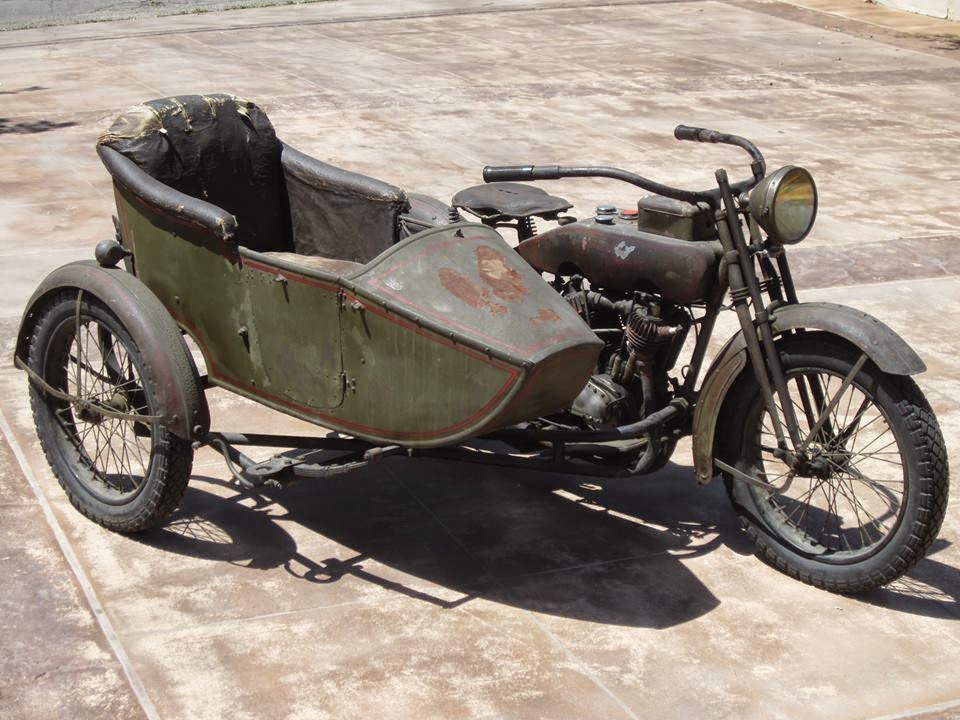
This is by far one of the strangest marketing techniques I have ever heard of. But hey, Harley was desperate with the declining sales due to the great depression. With a very small target audience, Servi Car took off like a rocket. What Harley was not anticipating, was that the audience for these trikes extended beyond service repairmen. Police loved them, Ice cream vendors loved them. Even small business loved them. So pretty soon, the Servi-car was everywhere. The Servi-Car even became the first civilian motorcycle with an electric starter in 1964, making more history.
The Servi Car lasted all the way until the early seventies. By this point, there was no need for them anymore. Technology had grown and surpassed its need. The Trike market would take an interesting turn here, and start once again going to “prototype” models. Car companies were desperate to incorporate three wheel designs into their car models. Everything from oddly shaped go-karts to weird hybrids were designed for the next forty years. Models like the T-rex have had some success, especially overseas. However, nothing captured the general market for normal consumers.
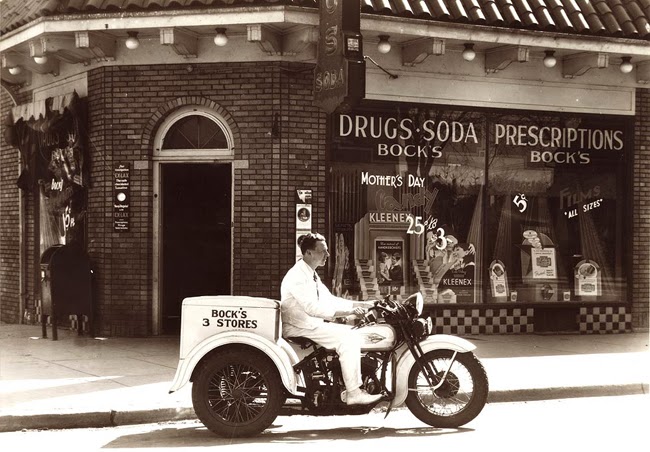
The reason most of these companies try these crazy trike ideas, is because of the reasons I listed in the first paragraph. A lot of people seem to have some pride issues where adding a third wheel to a motorcycle makes you less of a man. This notion is of course, ridiculous. Other reasons are the practicality. Most question how a trike doesn’t provide the true motorcycle experience of leaning the bike to turn it. I guess this logic depends on why you are actually buying a motorcycle to begin with. For someone like me, who drives a convertible for the sunshine, but doesn’t want all the danger of a bike, trikes are a great alternative.
Harley understood that too, which is why in 2009, they created their first trike available to the general public; he Harley Davidson Tri-Glide Ultra Classic. This trike is not got any smoke in mirrors. It’s not trying to resemble a spaceship, or replace your work commuting vehicle. This is a Harley. A premium Harley, fully loaded, with a third wheel added. It looks pretty cool honestly, and still has the iconic Harley Davidson look.
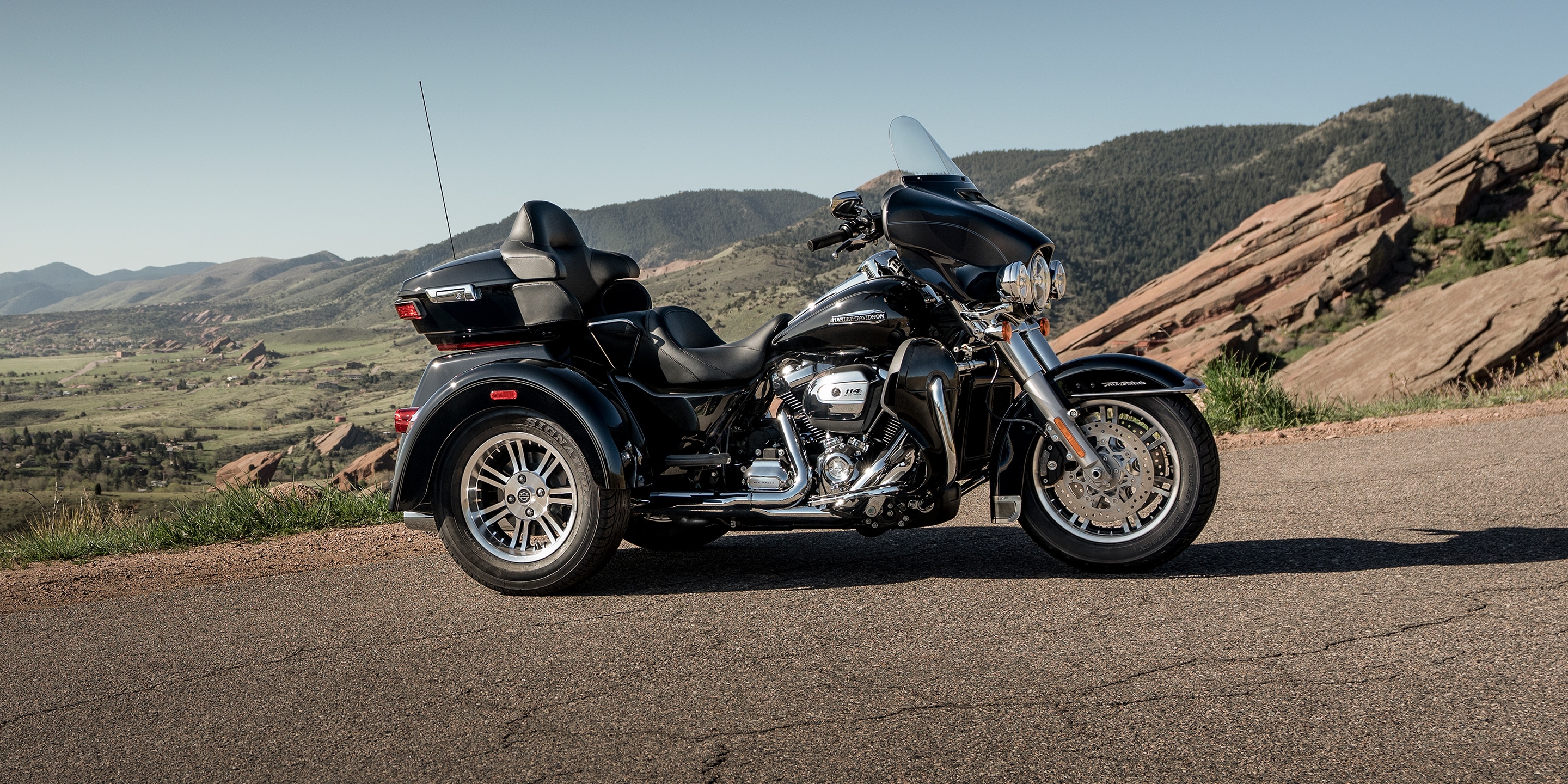
In 2014, the Freewheeler was released. Harley obviously saw the market for their trike, and offered another option at a lower price. The Freewheeler is 7,000 dollars less MSRP, and still has a lot of the features of the Tri-Glide. This model is more tailored to the single rider who doesn’t need all the bells and whistles, just the motor and the road.
The Harley trike continues to make improvements even today. The only thing holding it back from achieving its true potential, is the silly stereotypes people continue to give them. These trikes are good for people who wish for the ability to cruise without the hassle of driving a bike, who physically are unable to, or even just want to have a good time and be safer. Stop trike shaming, ya’ll.
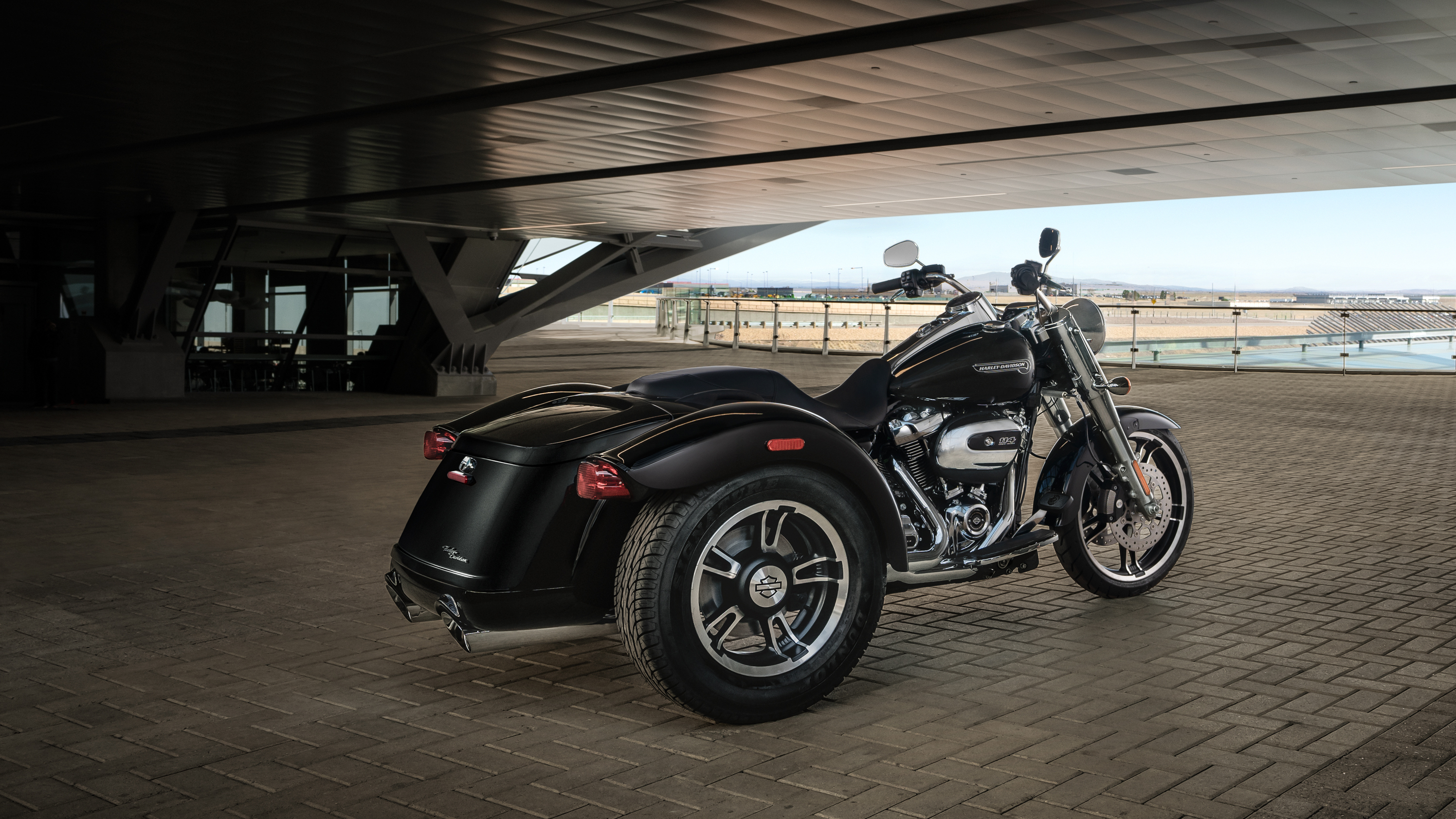
If you are someone who is still riding a two wheeler, make sure you check out Sun Coast for all of your used Harley Davidson part needs!

